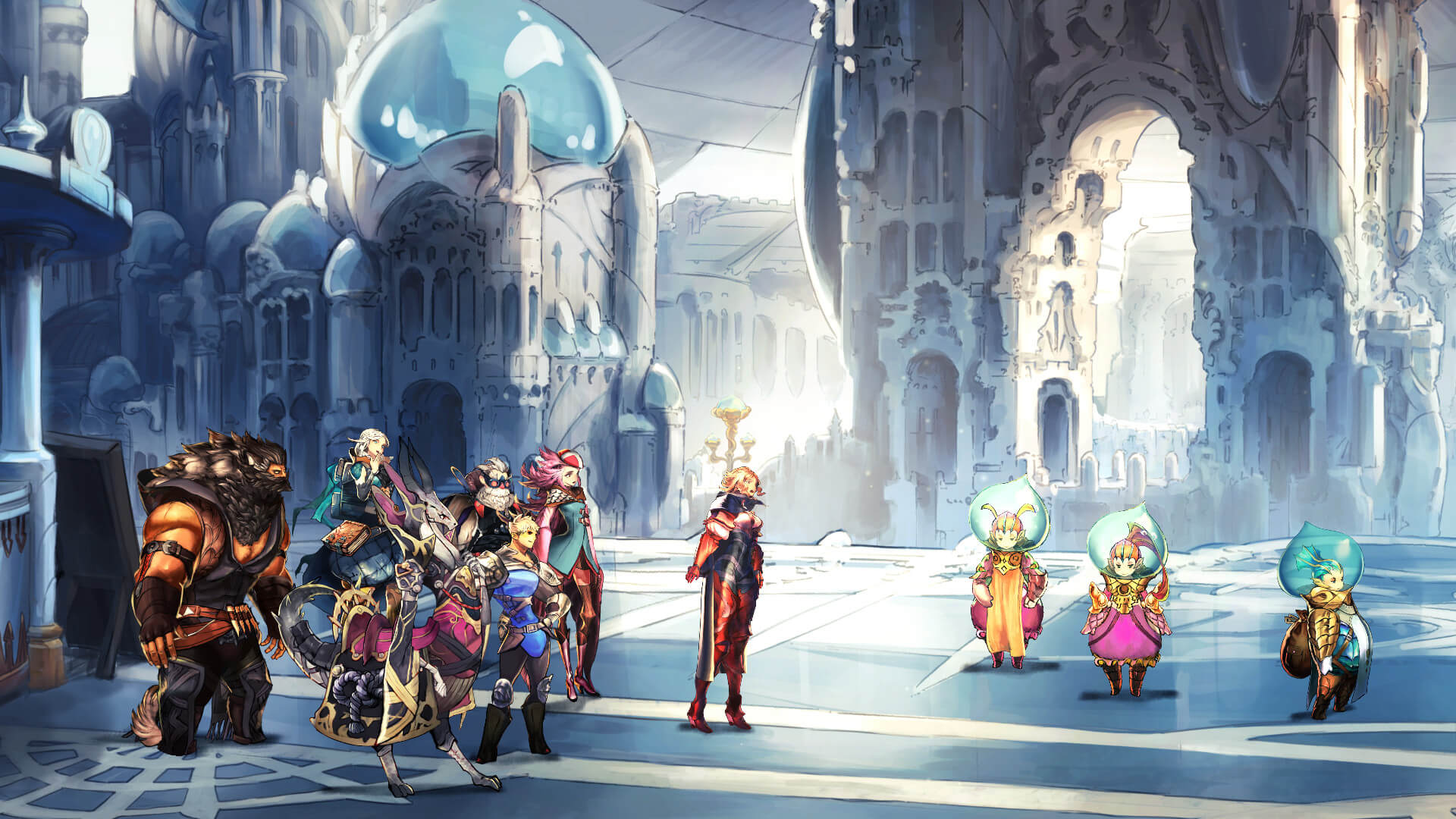

What would a good JRPG be without a proper progression system? Astria Ascending hits the mark with the latter, offering tons of character customization possibilities. If the characters can thus perform simple actions (attack, defense), they can also launch special abilities, which will require the use of mana points. Thus, we find everything that has made the success of JRPGs for more than 20 years now, in a clean and very well thought out format. Despite all these qualities, it would be a shame to summarize Astria Ascending in a simple “beautiful game”.Īstria Ascending’s turn-based combat system is very successful, and for a simple reason: you can feel the passion of its creators for the classics of the genre. If we combine this visual aspect with the sublime background music of Hitoshi Sakimito, we obtain something very pleasant both for the eyes and the ears. Surprise at the beauty of the character design, the very detailed aspect of the sets and the simplicity with which we can browse the game menus (a very important aspect for a JRPG, because we will spend a lot of time there). The menus, characters, environments, everything is absolutely splendid, especially thanks to an idyllic 2.5D, directly allowing the game to benefit from a real surprise effect from its beginnings. Where Astria Ascending really appeals to the player is in its visual presentation. In short, it is not with its scenario that Astria Ascending retains the player, even if the latter already has the gift of being honorable. We do not really get attached to them or their main mission, except after several hours of play (when we have really had time to explore their secondary history). The main problem lies in the writing of the various characters in the game, which are somewhat lacking in relief. A fairly classic scenario (a band of heroes whose goal is to save their world), fortunately brought about by some changes of pace over the course of the adventure. Quickly, they will see that a whole bunch of interference threatens the harmony that has been present for almost 1000 years. Problem: these demigods have another 3 months to live before dying, one of the unalterable conditions of their state. The game offers a fairly simple story to understand: we embody a group of 8 demigods, whose role is to maintain harmony between the many races present in the world. Let’s start with the main concern of this Astria Ascending: its narration. It remains to be seen whether this melting pot has managed to offer a coherent and sufficiently striking experience to allow this Astria Ascending to establish itself as one of the JRPGs of the year. If the project is headed by the Franco-Canadian studio Artisans, it nevertheless benefits from the help of many big names in the JRPG: among them, we count Kazushige Nojima, screenwriter known for his work on Final Fantasy VII, Final Fantasy VIII, Final Fantasy X or Kingdom Hearts, Hideo minaba (artistic director on Final Fantasy VI, Final Fantasy IX and Final Fantasy XII) or even Hitoshi Sakimito (music on Final Fantasy Tactics, Vagrant Story).

It is by looking a little for those responsible for this potential little nugget that we understand how this game is not just an attempt on the part of JRPG enthusiasts: it is actually a collaboration between several entities that have already proven themselves in the field. Astria Ascending is one of those games that will undoubtedly have attracted the interest of JRPG enthusiasts, in particular thanks to an original artistic presentation in the various trailers announcing it.


 0 kommentar(er)
0 kommentar(er)
